Lifestyle
Winter in Zurich: A cozy escape with culture, adventure
Zurich transforms into a magical haven during winter, where the charm of snow-covered streets blends seamlessly with the warmth of inviting cafes and cultural landmarks. This Swiss city, located along the picturesque Lake Zurich and surrounded by the majestic Alps, offers a delightful mix of urban sophistication and alpine adventure. Whether you’re craving indulgent dining or thrilling activities, here’s your guide to experiencing the best of Zurich in winter.
Blend of tradition, modernity
As Switzerland’s largest city, Zurich is a hub of culture, business and natural beauty. Renowned for its high standard of living, the city harmoniously combines traditional and modern values. The Old Town (Altstadt) is a treasure trove of medieval buildings, cobblestone streets and charming shops. In contrast, modern neighborhoods like Zurich West are home to art galleries, trendy restaurants and a vibrant nightlife scene.
Zurich sits on the shores of Lake Zurich, with the Swiss Alps just a short distance away, making it a paradise for outdoor enthusiasts. At the same time, cultural hot spots such as museums, theaters and bustling shopping streets cater to urban explorers. With an efficient public transport network, navigating the city in winter is never a problem.
Brunch at NENI
Located inside the trendy 25Hours Hotel Zurich, NENI is more than just a restaurant – it’s an experience. The vibrant fusion of Middle Eastern and Mediterranean flavors makes it the perfect spot to kick off a day of exploration. The hotel itself is a cultural hot spot, hosting events and acting as a gathering place for locals and travelers alike.
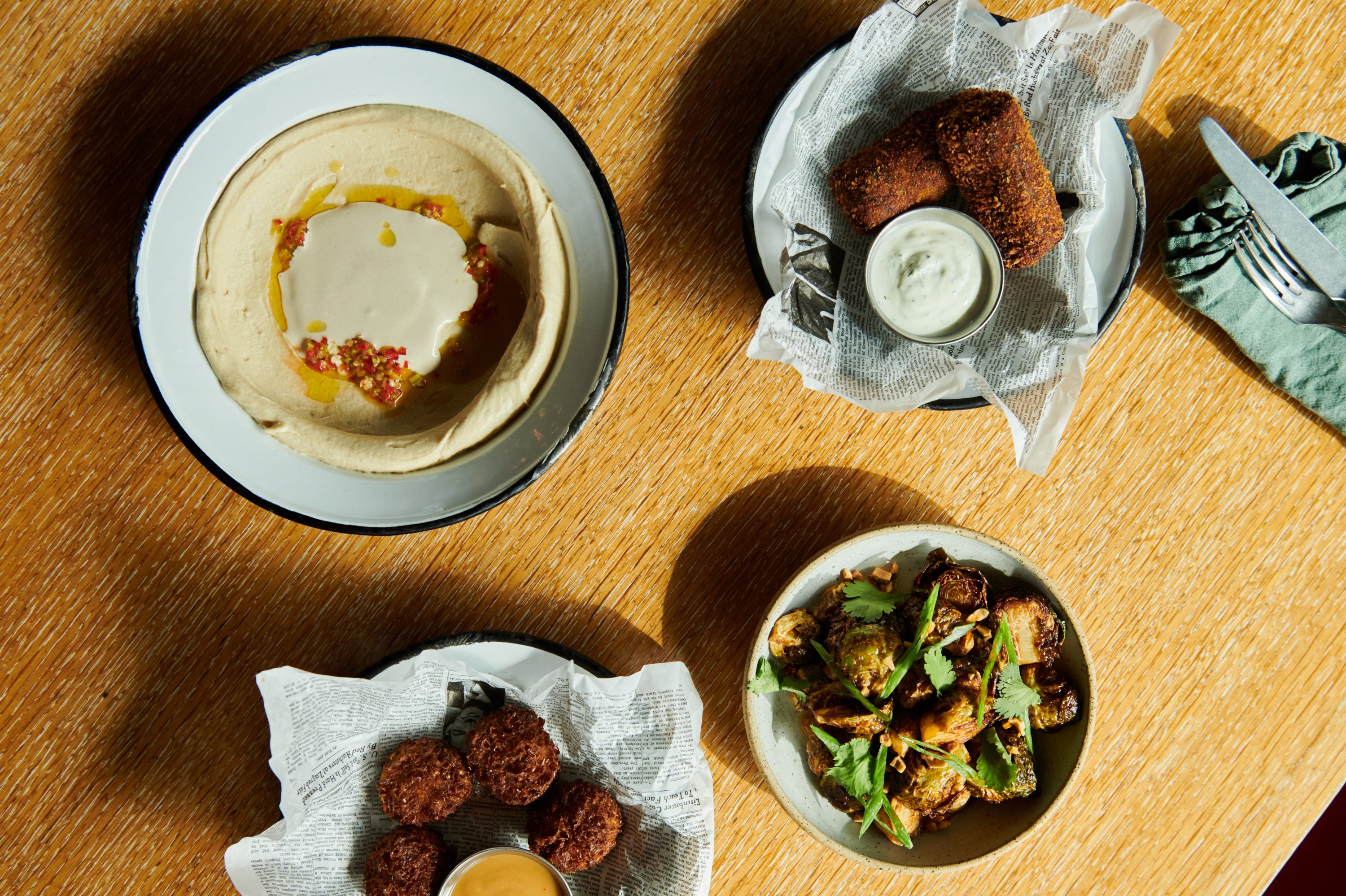
With its eclectic design and lively atmosphere, the 25Hours Hotel attracts creative minds and cool thinkers. It’s an ideal destination for anyone seeking inspiration or looking to connect with others. The brunch menu at NENI is a flavorful explosion, featuring dishes like shakshuka, creamy hummus and fresh pita bread, all paired with comforting coffee or tea. The colorful decor and cozy ambiance make it the perfect refuge on chilly days.
Cultural indulgence
For those seeking a cultural experience, the Opernhaus Zurich is a must-visit. Located near the shores of Lake Zurich, this iconic opera house is famous for its world-class performances, from opera to ballet. In winter, the atmosphere becomes even more enchanting, with its grand interiors offering a cozy escape from the cold air outside.
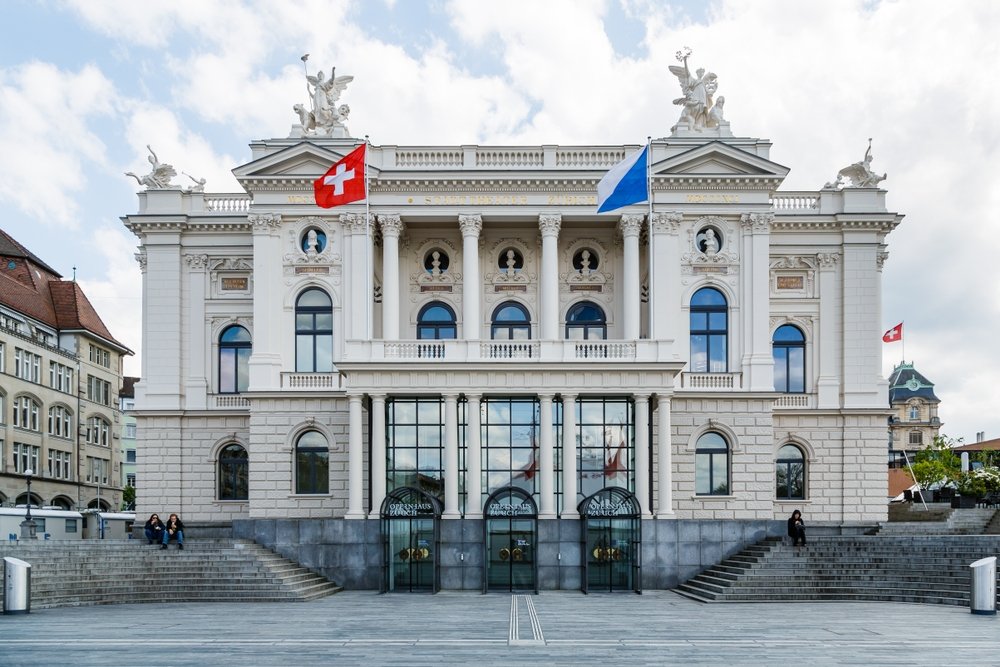
Check the schedule for seasonal performances – whether you’re a seasoned opera lover or a first-timer, the Opernhaus Zurich promises an unforgettable experience of artistry and elegance.
Must-visit museums in Zurich
Zurich boasts an impressive array of museums that satisfy all interests. Art lovers should head to the Kunsthaus Zurich, which houses an extensive collection of works by Swiss and international artists, including masterpieces by Alberto Giacometti and Marc Chagall.
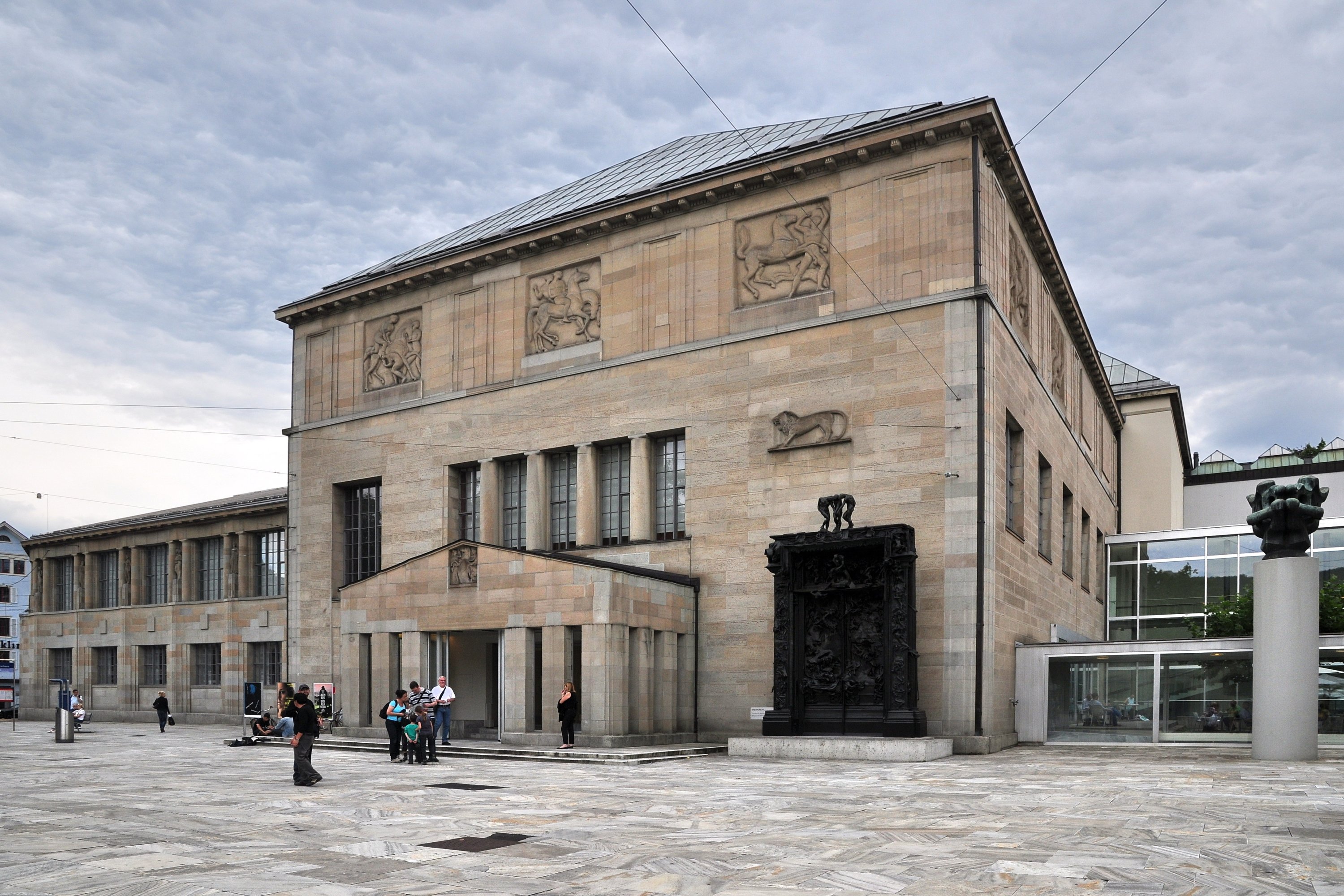
History enthusiasts will enjoy the Swiss National Museum (Landesmuseum Zurich), offering a fascinating journey through Switzerland’s past, from prehistoric times to the present. Its unique castle-like architecture looks especially striking when dusted with snow.
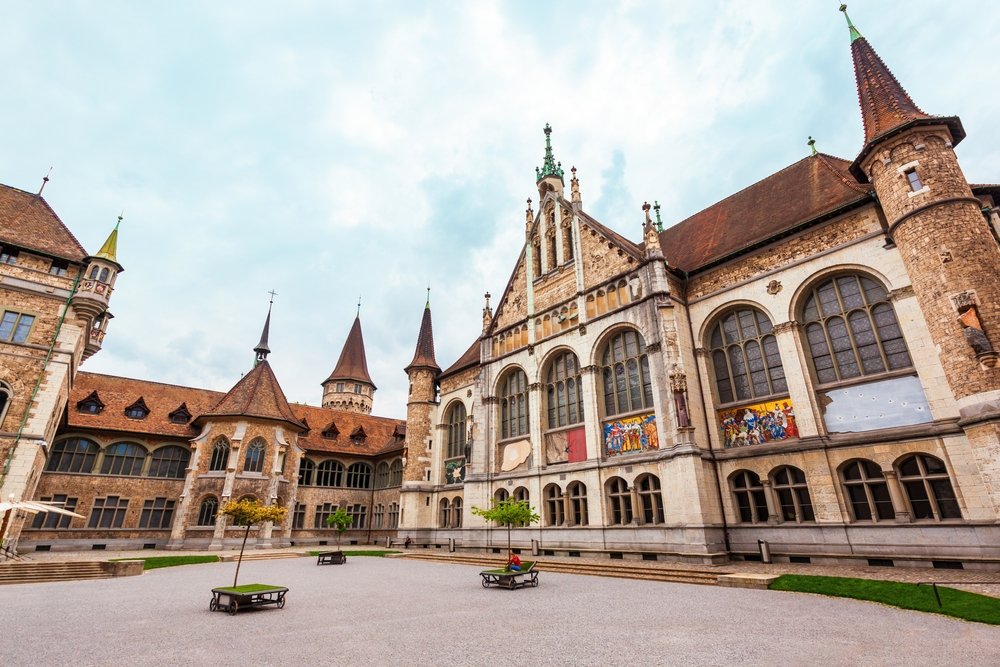
Another gem is the Museum Rietberg, dedicated to non-European art with stunning artifacts from Asia, Africa and the Americas. For something modern, visit the FIFA Museum, which celebrates the history and culture of football – perfect for sports fans.
Day trip to Bergün
If you’re looking for a quick escape to the mountains, a day trip to Bergün is the perfect solution. Just a few hours from Zurich, this picturesque village offers an unforgettable tobogganing experience.
Tobogganing, a traditional winter activity, involves riding a sled down specially prepared snow tracks. It’s thrilling yet accessible to all ages, making it a fun adventure for families, couples or solo travelers. The well-maintained toboggan runs in Bergün offer a safe yet exhilarating way to enjoy the alpine landscape. Rental equipment is readily available, so you can travel light and still fully enjoy this unforgettable experience.
Explore Lucerne
For another scenic day trip, consider visiting Lucerne. This charming city, with its medieval architecture and stunning lake views, is a winter delight. Stroll along the iconic Chapel Bridge, marvel at the snow-capped mountains reflected in Lake Lucerne, and warm up with a cup of hot chocolate at one of the cozy cafes.
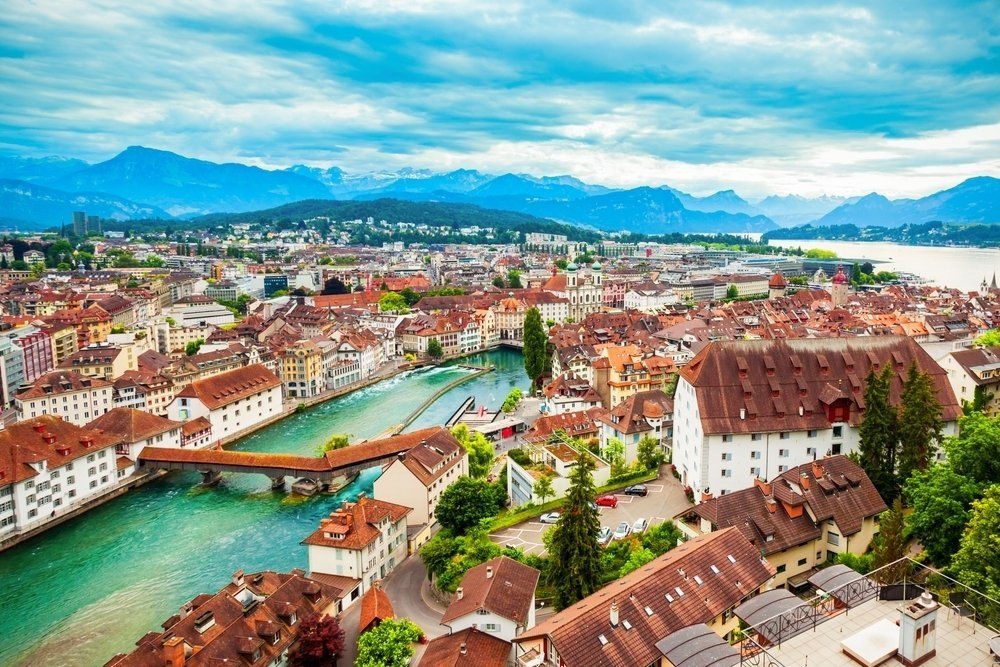
Lucerne is also home to several cultural landmarks, including the Swiss Museum of Transport and the Rosengart Collection, which features works by Picasso. Its close proximity to Zurich makes it an easy and rewarding excursion.
Swiss watch shopping
Zurich is a paradise for watch enthusiasts, home to some of the world’s most prestigious Swiss watch brands. From Rolex to Patek Philippe, the options are endless. Winter is an excellent time to shop for these timeless pieces, as you may find better prices than at other locations.
Bahnhofstrasse, Zurich’s famous shopping street, is lined with luxury boutiques offering exquisite designs and unparalleled craftsmanship. Among these, Bucherer stands out as a must-visit destination, with an impressive selection of high-end watches and jewelry. Other notable stores include Beyer Chronometrie, renowned for its expertise in horology, and smaller boutique shops that offer personalized service. Whether you’re buying a watch as a gift or a personal treat, you’re investing in Swiss heritage and quality.
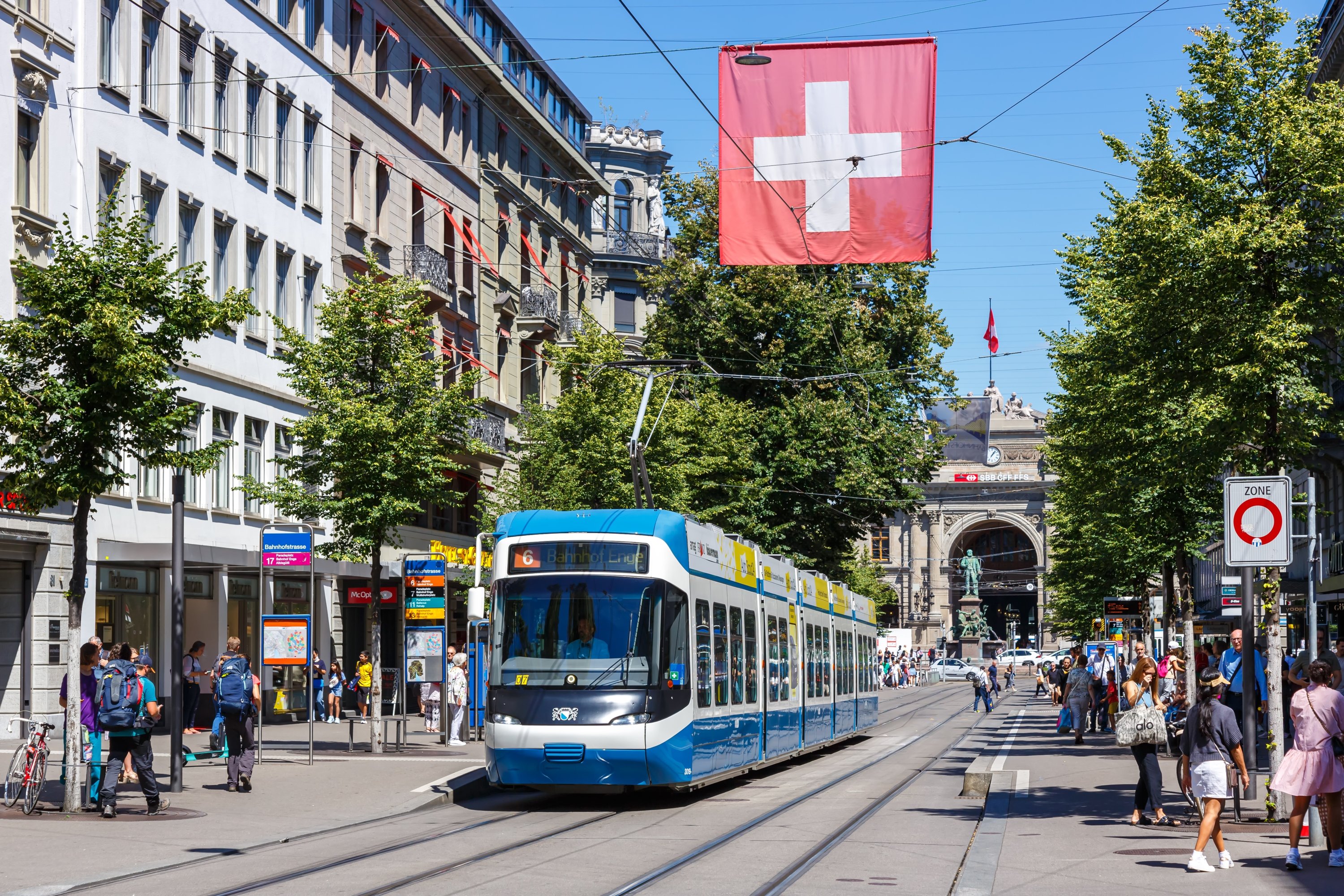
Bahnhofstrasse cafes
Bahnhofstrasse is not just for shopping – it’s also a culinary hub. While the street bustles year-round, winter brings a unique charm to the cafes and restaurants lining its path. With outdoor seating less feasible during the colder months, you’ll find plenty of cozy indoor spots offering hearty Swiss dishes and international cuisine.
Swiss cuisine is a highlight, featuring warm, comforting dishes like fondue, raclette, and rösti – perfect for a chilly day. However, Zurich’s culinary scene also boasts excellent Italian restaurants, serving up comforting pasta and wood-fired pizzas that never disappoint. Whether you’re craving traditional Swiss fare or a taste of Italy, you’ll find plenty of options to satisfy your appetite.
A standout spot is Sprüngli, a Zurich institution known for its luxurious chocolates and pastries. Warm up with a cup of their decadent hot chocolate while savoring a Luxemburgerli, their signature macaron-like treat. For something more substantial, try a traditional fondue or raclette dish at a nearby Swiss restaurant.
Winter dining tips
Winter in Zurich is the perfect time to embrace indoor dining and explore hidden culinary gems. Make reservations in advance, as popular spots can fill up quickly, especially during the festive season. Choose restaurants with panoramic windows or scenic views to enjoy the beauty of Zurich’s winter landscape while staying warm.
Explore, enjoy
Whether you’re savoring a leisurely brunch at NENI, enjoying a world-class performance at the Opernhaus or venturing out to Bergün or Lucerne, Zurich offers a wealth of experiences to brighten even the coldest winter days. Pair these adventures with indulgent dining and world-class shopping, and you’ll understand why this city is a beloved destination year-round.
Lifestyle
Cherry blossoms calling: What to expect in Japan 2025
As winter fades, the world eagerly anticipates one of nature’s most breathtaking spectacles: cherry blossom season. This year, travelers from all corners of the globe will flock to Tokyo’s Ueno Park, Kyoto’s Philosopher’s Path and Washington’s Tidal Basin to witness this poetic transformation. Whether you’re strolling under sakura trees or simply admiring them from afar, one thing is certain cherry blossoms remind us to slow down and embrace the present.
As a guest of Japan’s largest airline, All Nippon Airways (ANA), I recently had the privilege of experiencing Japan’s early sakura season. With ANA’s new direct flights from Istanbul Airport (IGA) to Tokyo Haneda Airport, which started on Feb. 12, 2025, exploring Japan has never been easier. Three flights a week now connect the two countries with deep cultural ties, bringing a wave of excitement for travelers longing to immerse themselves in the elegance, cleanliness and refined aesthetics of Japan. But why is everyone suddenly eager to visit Japan? Perhaps it’s the timeless beauty of Kyoto’s ancient temples, the neon dreams of Tokyo, or the simple joy of witnessing sakura bloom a fleeting reminder that life, like cherry blossoms, is delicate and temporary.
Kyoto: Walking through time
Kyoto is where Japan whispers its past. The streets, lined with traditional machiya houses, transport you to an era when samurais roamed and tea ceremonies dictated social rituals. My journey began in Arashiyama, home to the ethereal Bamboo Forest, a place where the wind sings through towering stalks, creating a natural symphony of tranquility. Not far from here, Fushimi Inari Taisha awaits, its vermillion torii gates stretching endlessly, leading pilgrims to the mountain shrine. Walking through them, I was reminded of a Zen proverb: “The obstacle is the path.”
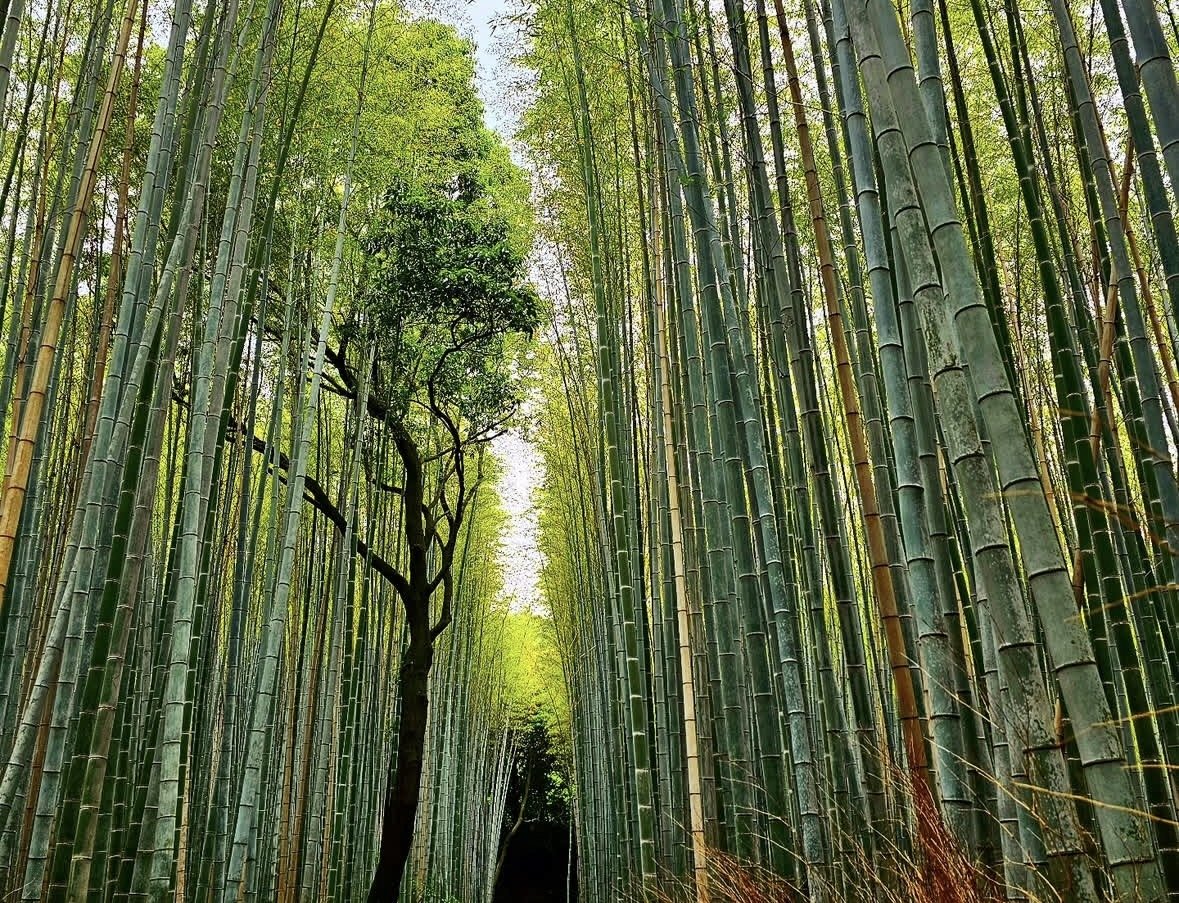
Osaka: Kitchen of Japan
Osaka is a feast for the senses. Known as “Japan’s Kitchen,” this city thrives on street food and vibrant nightlife. Dotonbori is the heart of the action, where neon lights reflect off the canal, and food stalls serve up steaming takoyaki and okonomiyaki. If Kyoto is a quiet tea house, Osaka is a loud, bustling izakaya both essential to Japan’s character.
Tokyo’s cherry blossoms, lively streets and rich cultural landmarks create an unforgettable spring experience in the heart of Japan
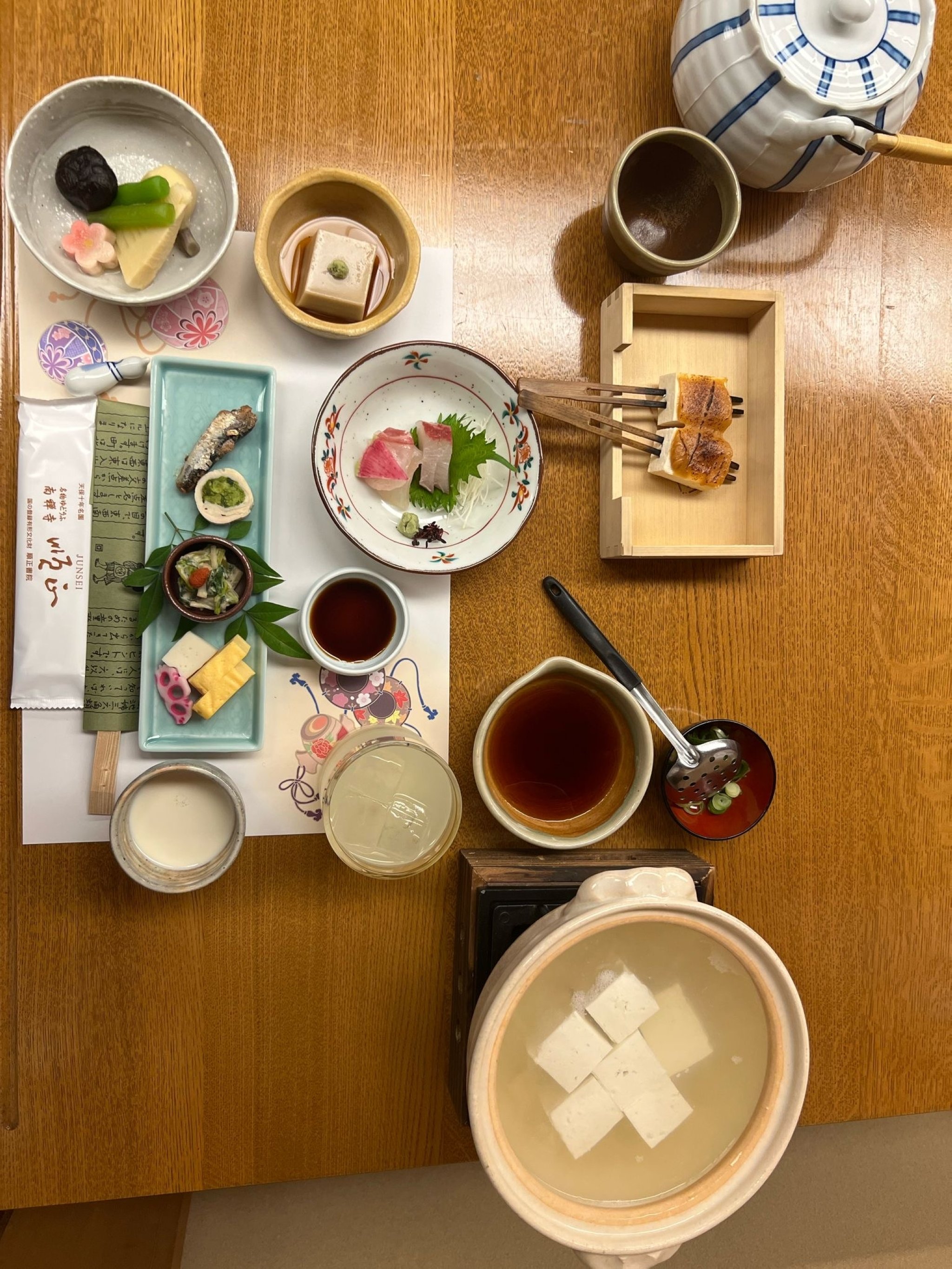
Lost in Tokyo’s museums
Tokyo is another world one that must be seen before you die. A city of contradictions, it balances tradition with cutting-edge innovation. In Ginza, the world’s most luxurious brands find a home in sleek glass towers, while Omotesando is a runway of architectural masterpieces. Then there’s Roppongi, where art and nightlife intertwine Mori Art Museum being a must-visit.
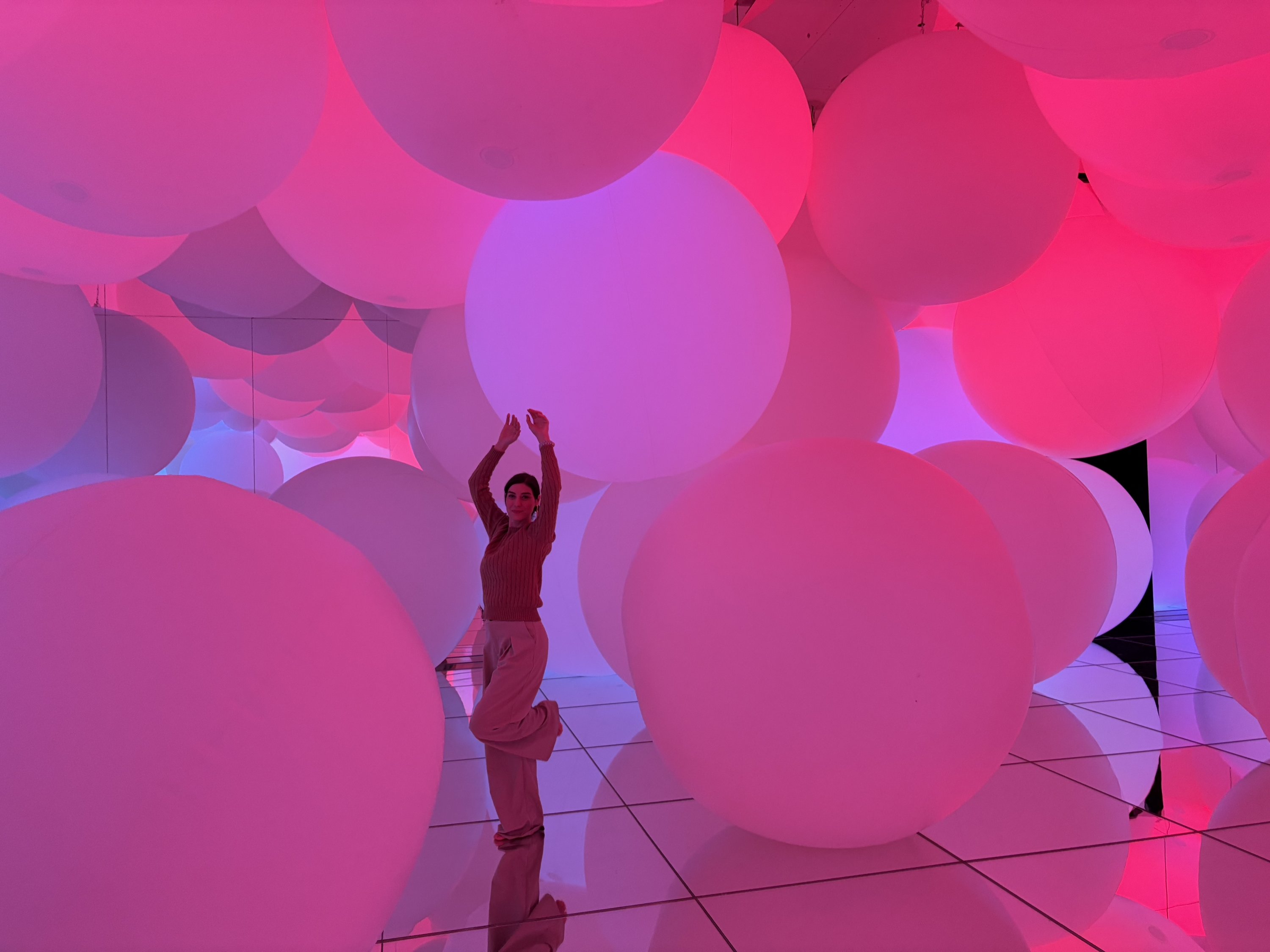
For a digital dreamscape, teamLab Planets Tokyo offers an immersive art experience like no other. Here, you walk barefoot through water, step into a field of infinite flowers and lose yourself in an ocean of light. It’s not just an exhibition – it’s an awakening.
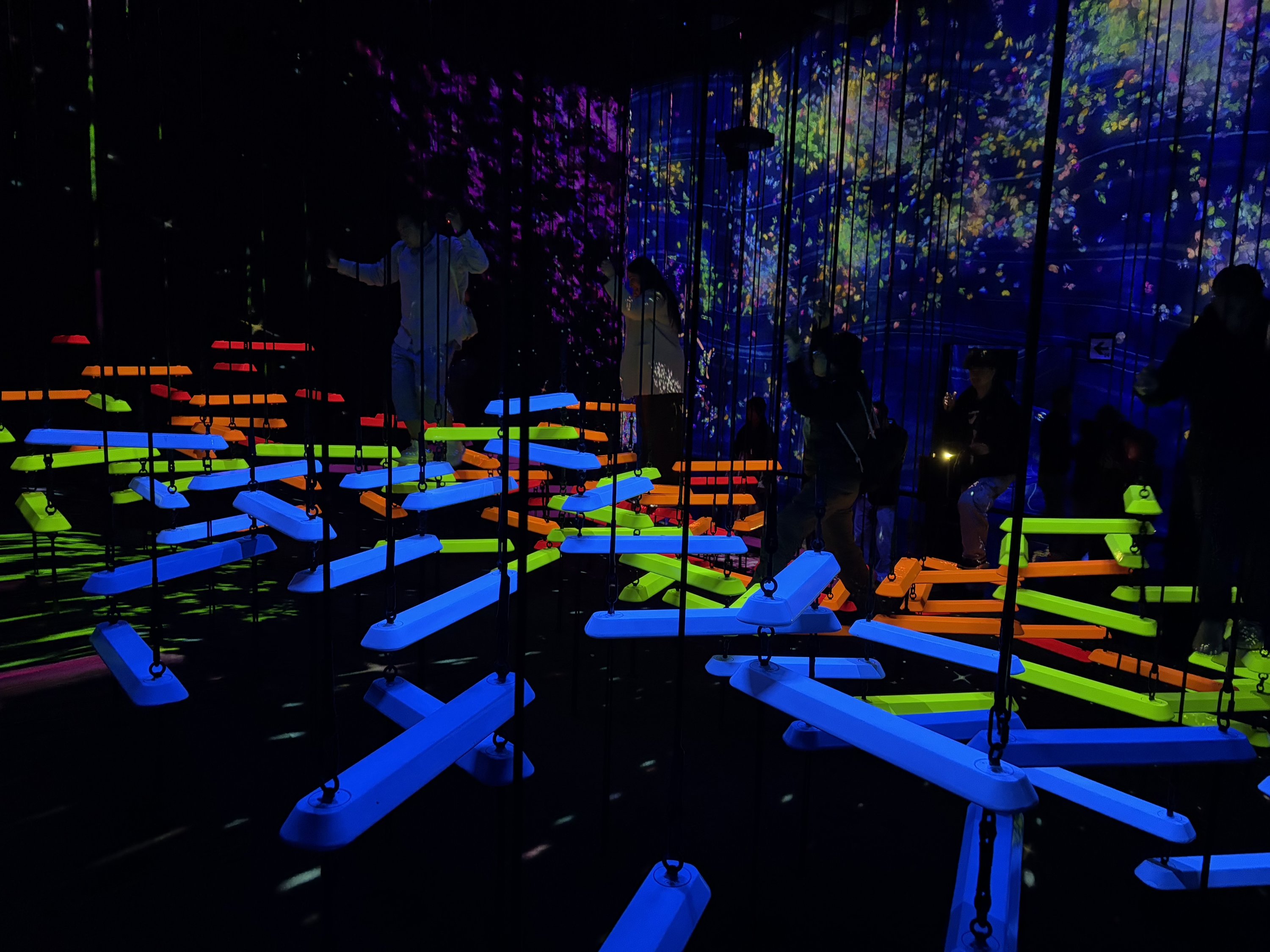
For a different kind of sensory experience, Tokyo’s animal cafes are a quirky yet heartwarming stop. From owl cafes to capybara cafes, you can sip matcha while sharing space with these gentle creatures. Speaking of matcha, Matcha Paradise offers an unusual twist matcha-infused water, a pure and meditative way to taste Japan’s favorite tea. As the zen proverb says, “Let go of your worries and be completely clear, like the water of a deep lake.”
Walking along Omotesando Avenue toward the Nezu Museum, I found myself immersed in Tokyo’s seamless blend of modernity and tradition. As I entered, a serene bamboo-lined pathway welcomed me, setting the tone for the tranquility that awaited inside.
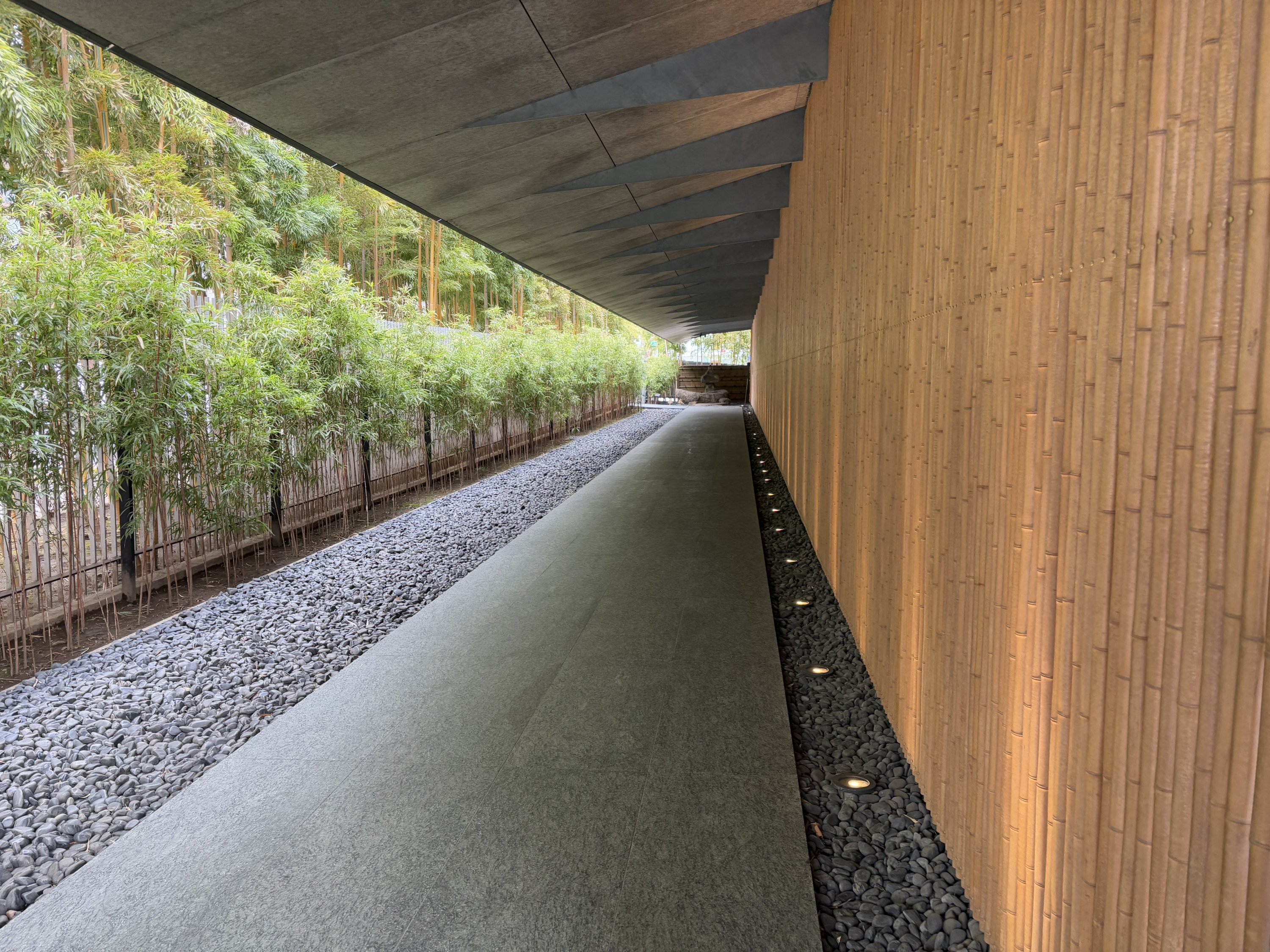
The museum’s collection, a refined showcase of Japanese and East Asian art, was simply mesmerizing – delicate scroll paintings, ancient ceramics and intricate tea utensils, each piece telling a story of craftsmanship and heritage. Beyond the art, the museum’s garden, with its winding stone paths and hidden tea houses, felt like stepping into a timeless sanctuary in the heart of the city.
Sakura: Poetry of petals
And then, the moment the world waits for sakura season. A fleeting spectacle that paints Japan in hues of pink and white. Cherry blossoms are not just flowers; they are a philosophy. The Japanese concept of mono no aware – the bittersweet awareness of impermanence is embodied in these delicate blooms. For a few days, the country pauses, gathers under the trees and celebrates hanami, the art of appreciating beauty that will soon disappear.
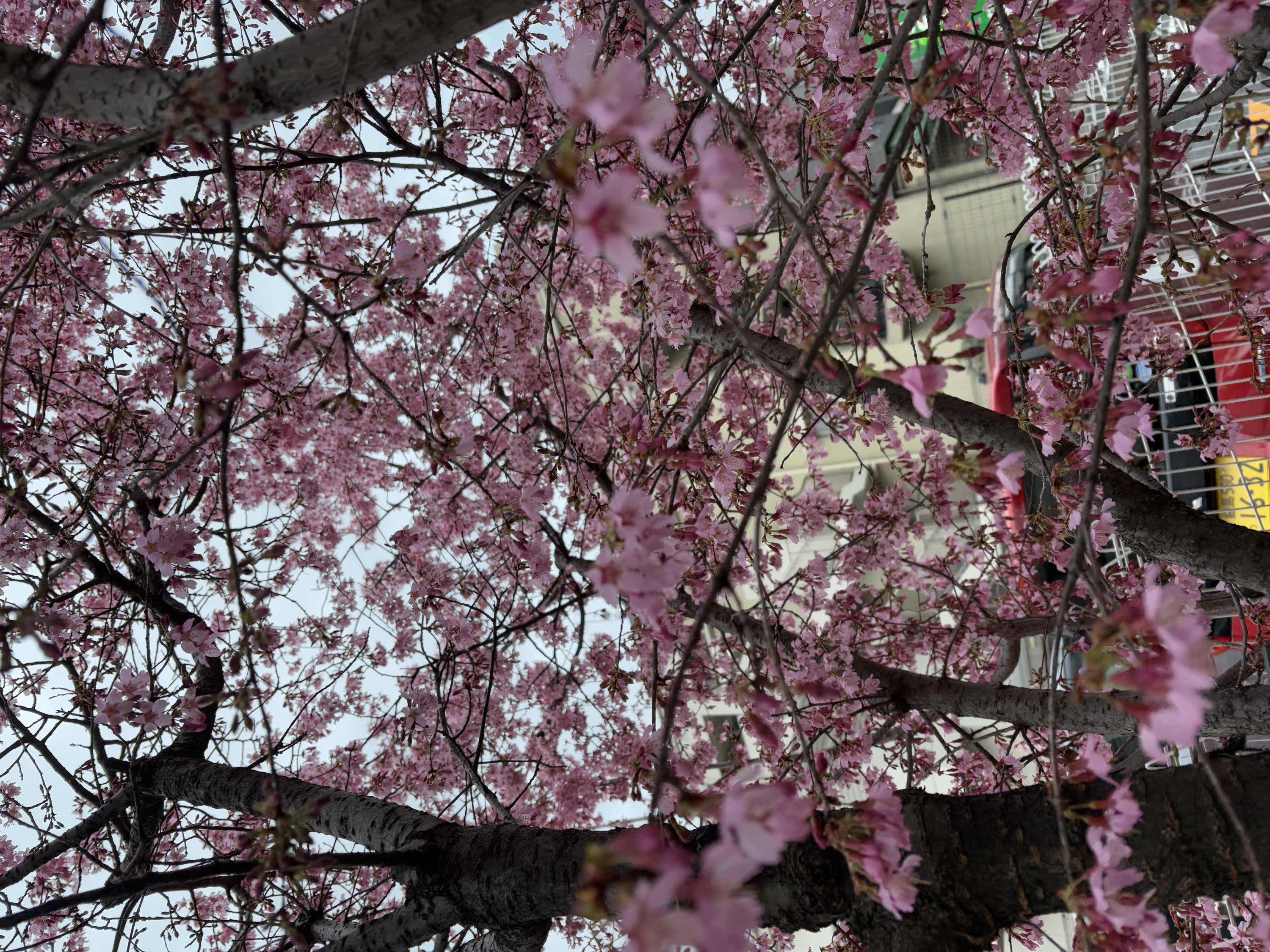
In my opinion, there’s something deeply poetic about seeing cherry blossoms in full bloom. As I stood beneath their delicate petals, I couldn’t help but feel the fleeting nature of life itself. Like cherry blossoms, life is fleeting so bloom while you can. Their beauty lasts only for a moment, reminding us to embrace the present, to live fully and to appreciate the small wonders before they fade away.
From Kyoto’s timeless temples to Tokyo’s electrifying streets, Japan is a place that teaches you to be present to savor each moment like the last petal of a falling cherry blossom. If you haven’t been yet, now is the time.
Lifestyle
True meaning of abundance in Islam
Nothing exists solely by itself. In a vast and intricate web of relationships, objects and events are interconnected in difficult-to-define ways. When an element is removed or altered, unexpected consequences arise elsewhere, often surprising us. When something is done in accordance with or in violation of a system, we witness uncontrollable phenomena as if the mechanism has been set in motion. To reverse the effects, one must often return to the very beginning. The relationship between cause and effect is rarely predictable.
In this context, the ecosystem within the social and moral lives of Muslims provides strange examples of how events can trigger one another. Sometimes, well-intentioned regulations may lead to seemingly unrelated outcomes, shaking the order at its roots. Like interconnected vessels, an entire structure can be affected by the displacement of a single concept, gradually leading to its deterioration.
When discussing faith in angels, Muslim intellectuals have attempted, for various reasons, to make the unseen visible. The impact of these diagnostic and materialistic tendencies on our lives is debatable; however, one thing is certain: the claim of making life more predictable has drained a fundamental concept of its meaning – abundance (“bereket” in Turkish)! So much so that abundance itself seems to have disappeared from the lives of Muslim communities.
In a marketplace steeped in Muslim culture, a shopkeeper greets a customer with the phrase: “Siftah (the first sale) is from you, abundance is from God.” This phrase, passed down from ancestors to descendants, acts as a mysterious code – almost a foundational principle of commerce. Like the “Ali Baba and the Forty Thieves” phrase “Open Sesame” unlocking a treasure-filled door, this expression opens the gates of sustenance in the marketplace. On one hand, it reflects the merchant’s acknowledgment that God is the provider of sustenance; on the other, it involves the customer in this testimony: the abundance of all our endeavors belongs to God. Muslims understand that any endeavor excluding God is bound to be devoid of blessing – destined to be barren. Thus, the bismillah (in the name of God) that opens a shop and the concept of abundance complement each other like two main pillars, linking our daily work to God and affirming our Muslim identity.
Deep trust, submission, diligence and generosity form the ethical foundation of the Muslim marketplace. This principle – “remembering God amid society” or “turning the heart toward God while engaged in work” – ensures that God remains present in daily life. Nothing else is needed. Even a whole month of Ramadan might not be enough to reflect on what we have lost through the materialization of abundance.
Although abundance can have various meanings, it is ultimately a concept that describes a connection with God. It signifies the increase of goodness or benefit to the extent that it reaches others. The 13th-century Sufi metaphysician Sadr al-Din al-Qunawi explains the concept of abundance with this example: “The abundance of the sun is its rays.” The rays are proof of the sun’s existence. Because the sun’s existence is perfect, its light overflows naturally. We recognize the sun through its light. In this sense, abundance produces an outcome. It forms a link between its source and its recipient.
When the Prophet Muhammad greeted God during his ascension (Mi’raj), God responded with Mercy and Blessings. Over time, the meaning of abundance narrowed, reducing it to a mere increase in material possessions. For many, it became a term that meant the desire for more wealth when resources seemed insufficient. Yet, true abundance refers to the spiritual force hidden within the material world.
Above all, when we think of abundance, our first thought should be of God and our connection to Him. More precisely, something is abundant if it links us to God or reminds us of Him. Whatever fulfills this function is abundance, and abundance resides within it. For this reason, guests bring abundance to a home – because they remind us of God. The abundant portion of our earnings is the part that reminds us of God. The abundance of knowledge lies in the wisdom that brings us closer to Him. When a child is born, the home becomes abundant, for the child is a gift from God, reminding us of Him. The last bite of a meal carries abundance, for after it, we give thanks to God, connecting the meal to Him and giving eating and drinking their true meaning. If we have lived our lives with the awareness that we are always in the presence of God, then our life has been abundant. When someone says, “May God grant you an abundant life,” it is not merely a chronological wish – it is a prayer that one’s life may be enriched with wisdom and meaning.
The examples could go on. Abundance is not about narrowing life down to material gains but about expanding and making it eternal by linking it to God.
Lifestyle
Nature as a manifestation of God
During the modernization process, Muslims sought to develop a rational understanding of nature by attributing their backwardness to an inherited misconception of the universe. Initially, they identified angels with the forces of nature and the good feelings in our hearts. Meanwhile, they reinterpreted jinn and devils as harmful thoughts within us or in our surroundings – even as microbes – thus stripping them of their individuality. Believing that our focus on the unseen world distanced us from nature and reality, they aimed to make the invisible visible, the unknown known, thereby elevating human responsibility and reason. To them, preoccupation with the unseen encouraged an escape from responsibility. By narrowing the influence of invisible beings in nature and life, they assumed they could expand the domain of the mind.
In mythological conceptions of the universe, a hierarchy of power governs the conflicts among beings, with order being established only through great struggle. Good and evil forces are in constant battle, and each entity possesses power in its own right. Even if these forces eventually converge, a structured hierarchy remains intact. The universe is divided between good forces – angels – and evil forces – jinn or devils. Humanity, caught in this war of powers, is helpless and oppressed. The only recourse is reason. Although this mythical language has evolved, it still persists in modern literature and cinema. No matter how much life changes, our perception of existence remains defensive: we continue to view the universe as a battleground between good and evil, unwilling to reach the root of the conflict.
Religion disrupted this cosmic vision by placing God at the center of existence, even identifying Him as existence itself and eliminating all secondary beings. Speaking of independent entities that possess power, engage in conflict, or act beyond control was deemed audacious against divine will. Everything is in its rightful place, and all is under the absolute control of divine will. If He wills something, it happens; if He does not, it does not. The universe belongs to God, and everything is under His command.
Such a perspective unites all opposites in a magnificent harmony, bringing them to a single point: submission and obedience to God without resistance. That humanity may fail to grasp this grand harmony does not justify alternative interpretations of reality. Within this understanding of the universe, beings exist only by divine will.
Consequently, belief in angels signifies the dissolution of any independent power structure in the universe for the sake of God. A believer, by affirming faith in angels, declares: “I reject the notion that anyone other than God has power. There is no god but God.” In other words, no one but Him has authority or command. God is One, and there is no other force or power besides Him. Yet, paradoxically, the word angel derives from a root meaning power or strength. Religion conveys this message: What you perceive as power is actually God’s power, and the angel represents this truth. Something is powerful only insofar as it is connected to and dependent on divine will.
Faith in angels negates the idea that the universe operates with independent forces, instead directly linking the world and nature to God’s absolute will. If God is closer to us than our jugular vein, then nothing can veil Him – except our own illusions. Every movement, every action and every being in the universe is a reflection of divine will and reveals God to us. Rain does not fall due to mere causality but rather through the agency of angels. Does such a perspective lead us into mythology? No! What prevents us from falling into illusions is our knowledge of God. With such a belief in angels, the possibility of engaging in scientific inquiry remains intact. The key issue here is whether we examine nature while taking God into account or ignoring Him.
This perspective grants us two things at once: First, it provides a strong motivation for exploring nature. Understanding nature is understanding God. This way of thinking teaches us the discipline required to study nature – a kind of etiquette of nature. Second, it allows us to establish a closer and deeper relationship with nature. Nature becomes our home and, in the process of research, even transforms into a sacred space where we remember God. Faith in angels tells us: Nature is not a mechanical factory!
-

 Daily Agenda2 months ago
Daily Agenda2 months ago5 suspects nabbed for sharing information with Iranian intel
-

 Politics2 months ago
Politics2 months agoSoutheastern city enforces fines to tackle student absenteeism
-

 Lifestyle2 months ago
Lifestyle2 months agoTürkiye’s Embassy in Doha hosts iftar for alumni to foster connections
-

 Refugees2 months ago
Refugees2 months agoInternational Women’s Day: global protests demand equal rights
-

 Daily Agenda2 months ago
Daily Agenda2 months agoTrump hangi ülkelere yasak getirdi.
-

 Politics2 months ago
Politics2 months agoImpressions from İmamoğlu’s Antalya rally
-
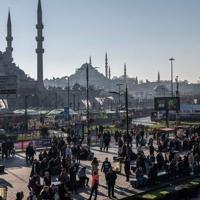
 Politics2 months ago
Politics2 months agoIstanbul ‘may break 110-year temperature record for March’
-

 Sports2 months ago
Sports2 months agoPaulista 19 maç sonra geri döndü, maç sonrası isyan etti


